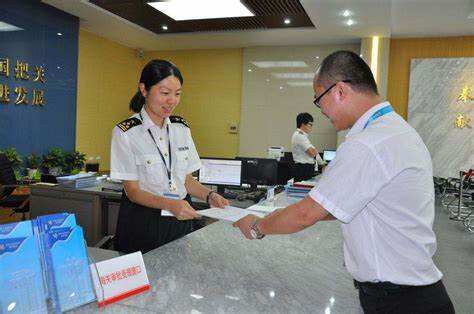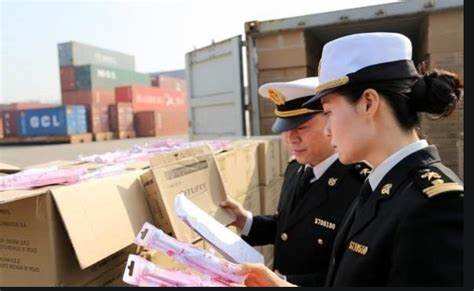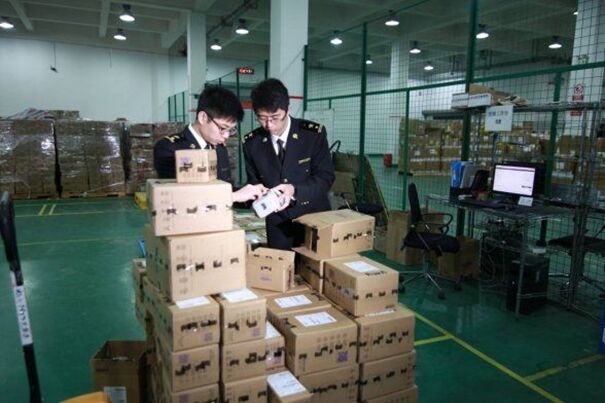customs clearance and release of goods
Customs clearance and release of goods is a critical process in international trade that ensures the legal movement of merchandise across borders. This comprehensive procedure involves document verification, duty assessment, and compliance checks to facilitate the smooth transition of goods from one jurisdiction to another. The process typically begins with the submission of required documentation, including commercial invoices, bills of lading, and packing lists. Modern customs clearance systems utilize advanced electronic platforms that enable real-time tracking, automated risk assessment, and expedited processing. These technological solutions integrate with various stakeholders, including customs authorities, freight forwarders, and importers/exporters, creating a seamless flow of information. The process also encompasses physical inspection of goods when necessary, payment of applicable duties and taxes, and final release authorization. Contemporary customs clearance operations employ sophisticated scanning equipment, automated document processing systems, and artificial intelligence-driven risk management tools to enhance efficiency and security. This systematic approach ensures regulatory compliance while minimizing delays in the international supply chain.


